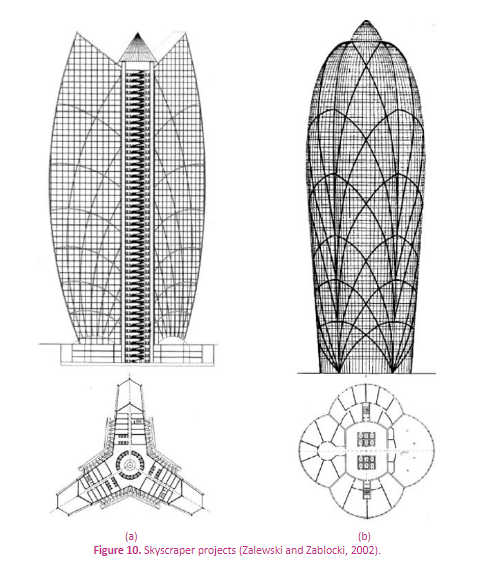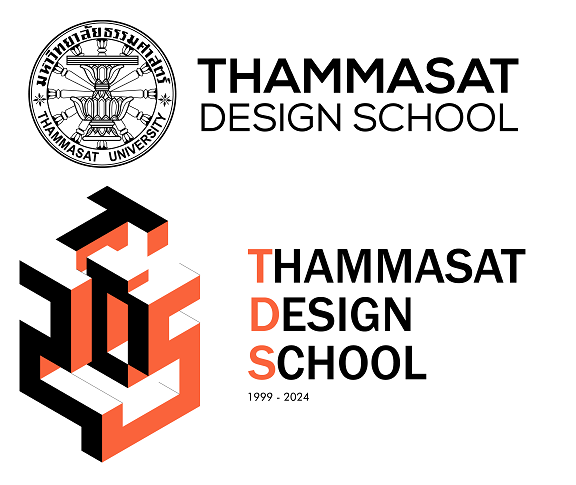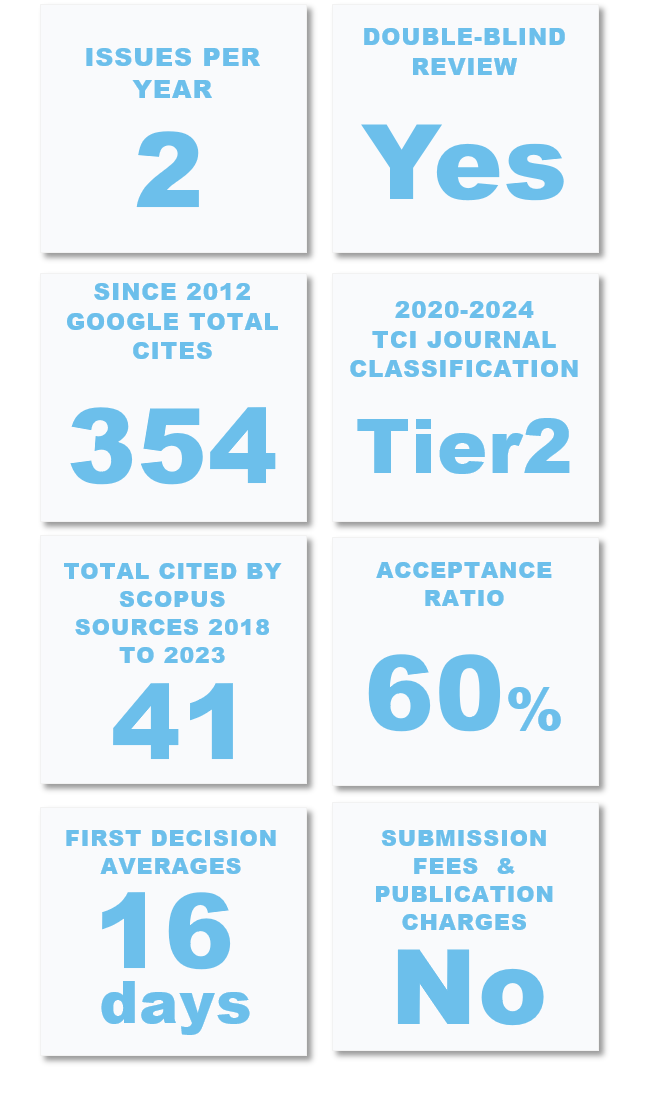Structural Morphology: An Effective Solution for Generating Efficient Structural Forms
Keywords:
structural morphology, form-finding, structural optimization, topology optimization, structural formAbstract
Many natural forms have been imitated by architects and designers and applied to the design process in order to achieve the most efficient solution for structural arrangement and architectural form. The integration of knowledge in biology and structure in nature is an approach to structural morphology that offers the possibility of developing innovative forms and efficient structural prototypes. This review introduces the fundamental concept of structural morphology based on form-finding and structural optimization through the works of the biologist D’Arcy Thompson, the theory of Michell and the experimental studies of pioneers like Antoni Gaudi, Frei Otto and Heinz Isler. Some examples of buildings using structural morphology as effective design solutions are illustrated to substantiate the potential applications in architecture.
Downloads
References
Adriaenssens, S.; Block, P.; Veenendaal, D. and Williams,C. (2014). Shell Structures for Architecture: Form Finding and Optimization. Routledge, London.
Alessandra, C. (2012). Sergio Musmeci’s “Forms with No Name” and “Anti-polyhedrons”. 11th International Conference APLIMAT 2012, Slovak University of Technology in Bratislava.
Bagnéris, M. (2009). Contribution à la conception et à la réalisation des morphologies non-standard: les forms pascaliennes comme outil. PhD Thesis, University of Montpellier 2.
Barnes, M.R. (1982). Non-linear Numerical Solution Methods for Static and Dynamic Relaxation. IL Publication no.15, pp. 150-166.
Barnes, M.R. (1984). Form-finding, Analysis and Patterning of Tension Structures. The 3rd International Conference on Space Structures.
Barrios, C. (2005). Transformations on Parametric Design Models. In: Computer Aided Architectural Design Futures. Springer, Netherlands, pp. 393 – 400.
Beghini, L.L.; Beghini, A.; Katz, N.; Baker, W.F. and Paulino, G.H. (2014). Connecting Architecture and Engineering Through Structural Topology. Engineering Structures 59, pp. 716 – 726.
BendsØe, M.P. and Sigmund, O. (2003). Topology Optimization: Theory, Methods and Applications. Berlin; New York: Springer.
Bialkowski, S. (2016). Structural Optimisation Methods as a New Toolset for Architects. In Proceedings of the 34th eCAADe Conference-Complexity & Simplicity, Oulu, Finland.
Bletzinger, K.U and Ramm, E. (1998). Structural Optimization and Form Finding of Lightweight Structures. Lightweight Structures in Architecture, Engineering and Construction IASS/IEAust/LSAA Internation Congress, Sydney, Australia.
Briseghella, B.; Fenu, L.; Mazzarolo, E. and Zordan, T. (2013).Topology Optimization of Bridges Supported by a Concrete Shell. Structural Engineering International. 3, pp. 285 – 294.
Chandana, P.; Lipson, H. and Cuevas, F.V. (2005). Evolution Form Finding of Tensegrity Structures. Conference paper, Mechanical and Aerospace Engineering, Cornell University, USA.
Chilton, J. (2000). Heinz Isler: The Engineer’s Contribution to Contemporary Architecture. Thomas Telford Publishing, London.
Christensen, P.W. and Klarbring, A. (2009). An Introduction to Structural Optimization. Springer Science.
Corbusier, Le. (1998). Le Corbusier 1910-65. Barcelona: Editorial Gustavo Gili SA.
Williamson, F. Jr. (1980). Richard Courant and The Finite Element Method: A Further Look. Historia Mathematica 7, pp. 369 – 378.
Day, A.S. and Bunce, J.H. (1970). Analysis of Cable Networks by Dynamic Relaxation. Civil Engineering and Public Works Review, pp. 383 – 386.
Descamps, B. (2014). Computational Design of Lightweight Structures: Form Finding and Optimization. John Wiley & Sons, Inc.
Dewhurst, P. (2001). Analytical Solutions and Numerical Procedures for Minimum-weight Michell Structures. Journal of Mechanics and Physics of Solids. Vol.49, 3, pp. 445-467.
Eekhout, M. (2001). Changing Morphology in Tubular Structures. Tubular Structures IX, Puthli & Herion (eds), A.A.Balkema, The Netherlands.
Engel, H. (1997). Tragsysteme, Verlag Gerd Hatje, Germany. 1997.
Eschenauer, H.A. and Olhoff, N. (2001). Topology Optimization of Continuum Structures: A review. ASME.Appl.Mech.Rev. 54(4), pp. 331 – 390.
Fenu, L.; Congiu, E.; Marano, G.C. and Briseghella, B. (2020).Shell-supported Footbridges. Curved and Layer. Struct., 7: 199 – 214.
Fu, F. (2018). Design and Analysis of Complex Structures. In: Design and Analysis of Tall and Complex Structures, Butterworth-Heinemann.
Graczykowski,C. and Lewiński, T. (2020). Applications of Michell’s Theory in Design of High-Rise Buildings, Large-Scale Roofs and Long-Span Bridges. CAMES, 27(2-3), pp. 133-154.
Harding, J.; Joyce, S.; Shepherd, P. and Williams, C. (2012). Thinking Topologically at Early Stage Parametric Design. Advances in Architectural Geometry.
Hillier, B. and Leaman, A. (1973). Structure, System, Transformation: Sciences of Organisation and Sciences of the Artificial. Transactions of the Bartlett Society, vol.9, pp.36-37.
Huang, X. and Xie, M. (2010). Evolutionary Topology Optimization of Continuum Structures: Methods and Applications. John Wiley & Sons, Ltd.
Januszkiewicz, K. and Banachowicz, M. (2017). Nonlinear Shaping Architecture Designed with Using Evolutinary Structural Optimization Tools. IOP Conf. Series: Materials Science and Engineering 245: 082042.
Kilian, A. and Ochsendorf, J. (2005). Particle-spring Systems for Structural Form Finding. Journal of the International Association for Shell and Spatial Structures: IASS. Vol.46, n.147.
Larena, A.B. (2009). Shape Design Methods Based on the Optimization of the Structure: Historical Background and Application to Contemporary Architecture. Proceedings of the Third International Congress on Construction History, Cottbus.
Lewis, W.J. (2003). Tension Structures: Form and Behaviour.Thomas Telford, London.
Lewis, W.J. et al. (1984). Dynamic Relaxation Analysis of the Non-linear Static Response of Pretensioned Cable Roofs. Computers and Structures, 18, no.6, pp. 989 – 997.
Lewis, W.J. (1989). The Efficiency of Numerical Methods for the Analysis of Prestressed Nets and Pin-jointed Frame Structures. Computers and Structures, 33, no.3, pp. 791 – 800.
Li, Q. (2018). Form Follows Force: A theoretical Framework for Structural Morphology, and Form-finding Research on Shell Structures. Faculty of Architecture and The Built Environment, Delft University of Technology.
Li, Q.; Su, Y.; Wu, Y,; Borgart, A. and Rots, J.G. (2017). Form-finding of Shell Structures Generated from Physical Models. International Journal of Space Structures, vol.32 (1), pp. 11 – 33.
Linkwitz, K. and Schek, J.H. (1971). Einige Bemerkungen zur Berechnung von vorgespannten Seilnetzkonstruktionen. Ingenieur-Archiv. 40, 145-158.
Mei, L. and Wang, Q. (2021). Structural Optimization in Civil Engineering: A Literature Review. Buildings, 11, 66. https://doi.org/10.3390/buildings11020066.
Michell, A.G.M. (1904). The Limits of Economy in Frame- structures. The London, Edinburgh, and Dublin Philosophical Magazine and Journal of Science, 8:47, 589-597, DOI: 10.1080/14786440409463229.
Motro, R. (2009). Structural Morphology and Configuration Processing of Space Structures. Multi Science Publishing Co. Ltd.
Motro, R. (2011). Structural Morphology: Fifty Years of Progress for Shell and Spatial Structures. Ed. Mungan, I. & Abel, J.F., Multi-Science Publishing Co. Ltd., pp. 451 – 458.
Otto, F.; Rasch, B.; Pfafferodt, G.; Schönborn, A.G. and Schanz, S. (2006). Frei Otto, Bodo Rasch: Finding Form -Towards an Architecture of the Minimal. Deutscher Werkbund Bayern.
Prager, W. (1977). Optimal Layout of Cantilever Trusses. Journal of Optimization Theory and Applications, vol. 20, no.1.
Pultar, M. (1977). Structural Morphology as a Field of Architectural Inquiry. METU Journal of the Faculty of Architecture, vol.3, no.2, pp. 201-213.
Shen, S. and Wu, Y. (2014). Structural Morphology and Modern Space Structures. Journal of Building Structures. vol. 35, no.4, pp. 1 – 10.
Sigmund, O. and Petersson, J. (1998). Numerical Instabilities in Topology Optimization: A Survey on Procedures Dealing with Checkerboards, Mesh- dependencies and Local Minima. Structural Optimization, 16, pp. 68 – 75.
Srithongchai, S. (2003). A Theorectical and Experimental Investigation of a Family of Minimum-weight Simply-supported Beams. International Journal of Mechanical Sciences, 45(1), pp. 37-55.
Stach, E. (2010). Structural Morphology and Self- organization. Design and Nature V, WIT Transactions on Ecology and the Environment, Vol. 138, pp. 29 – 40.
Stromberg, L.L.; Beghini, A.; Baker, W.F. and Paulino, G.H. (2012a). Topology Optimization for Braced Frames: Combining Continuum and Beam/column Elements. Engineering Structures, 37, pp. 106-124.
Stromberg, L.L.; Beghini, A.; Baker, W.F. and Paulino, G.H. (2012b). Design of Structural Braced Frames Using Group Optimization. Civil and Environmental Engineering, Proceedings of the 20th Analysis and Computation Specialty Conference, pp. 267 – 277.
Suzuki, K. and Kikuchi, N. (1991). A Homogenization Method for Shape and Topology Optimization. In: Computer Methods in Applied Mechanics and Engineering, 93(3), pp. 291 – 318.
Theissen, J-J. (2011). Architecture Bio-inspirée: la vie au service d’un développement durable: á la découverte des modèles biophiles et biomimétiques. Mémoire réalisé à l’Institut supérieur d’architecture La Cambre, Bruxelles.
Thompson, D.W. (1917). On Growth and Form. Abridged Edition edited by J.T. Bonner, Cambridge: Cambridge University Press.
Tsiptsis, I.N.; Liimatainen, L.; Kotnik, T. and Niiranen, J. (2019). Structural Optimization Employing Isogeometric Tools in Particle Swarm Optimizer. Journal of Building Engineering, vol.24, 100761.
Werritty, A. (2010). D’Arcy Thompson’s ‘On Growth and Form’ and the Rediscovery of Geometry within the Geographic Tradition. Scottish Geographical Journal, 126:4, 231-257, DOI: 10.1080/14702541.2010.549344.
Xie, Y.M. and Steven, G.P. (1993). A Simple Evolutionary Procedure for Structural Optimization. Computer & Structures, 49(5), pp.885 – 896.
Zabłocki, W. (2000). Optimization of Structures and New Forms of Tall Buildings. Architektura, 74(11), pp. 96- 98.
Zalewski, W. and Zabłocki, W. (2002). Engineering Inspirations in Shaping Tall Buildings. Lightweight Structures in Civil Engineering, Proceedings of the International Symposium, Warsaw, Poland, pp. 109- 118.
Zhang, J.Y. and Ohsaki, M. (2006). Adaptive Force Density Method for Form-finding Problem of Tensegrity Structures. International Journal of Solids and Structures 43, pp. 5658 – 5673.
Zöllner, F and Nathan, J. (2014). Leonardo. The Complete Drawings. Taschen.

Downloads
Published
How to Cite
Issue
Section
License
Copyright (c) 2021 International Journal of Building, Urban, Interior and Landscape Technology (BUILT)

This work is licensed under a Creative Commons Attribution-NonCommercial-NoDerivatives 4.0 International License.











